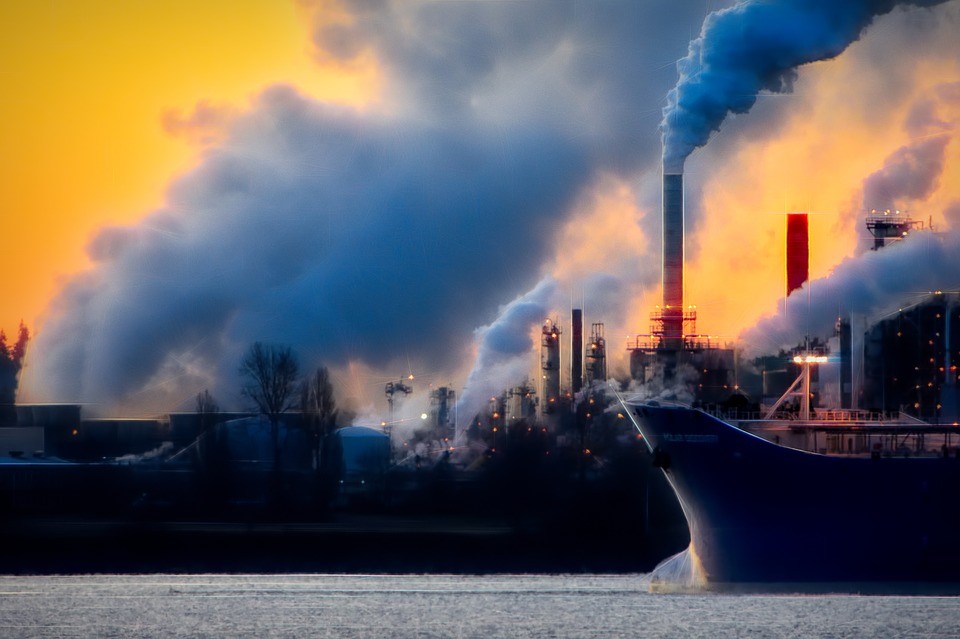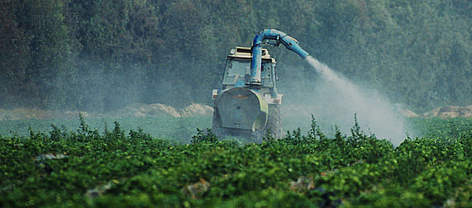
With companies being as powerful and influential as countries, it’s important now more than ever for these entities to start taking responsibility for their actions. Only caring about the bottom line is not cutting it anymore, especially with customers.
Customers need to know the company they’re purchasing from is eyeing more than just their wallet and are actually taking up worthy causes. As more and more companies are integrating corporate social responsibility (CSR) in the way business is run, the importance of sustainability is still as relevant now as it was in the past.
However, priorities have definitely changed. The U.S. pulling out of the Paris Climate Agreement, an unprecedented amount of natural disasters, and the gender gap in business are all issues that need to be tackled. Here are three causes to take up for an effective CSR campaign.
1. Climate Change
As we see the negative impact climate change has had on our world, protecting and sustaining the environment should be a top priority for companies with CSR mission statements. One environmental issue that should be addressed is the prevention of a food crisis.
Due to global warming, rising food prices, and the development of new technologies, food shortages and the lack of access to it are becoming big concerns to the people behind the newest green revolution. It has been predicted that the world’s population will increase by more than two billion in just 30 years.
The regions that will take the brunt of new growth are also the ones that will be most affected by climate change, making it that much more difficult for farmers to cultivate enough crops, if any at all. Not to mention, the growth of wheat and grains (staple foods for many countries) has stunted.
According to Princeton climate scientist Michael Oppenheimer, “In some areas yields have stopped growing entirely. My personal view is that the breakdown of foods is the biggest threat of climate change.” Companies with CSR initiatives can play a part in the prevention of future famines.
Marylhurst University suggests, “Societies can manage this by introducing new and advanced information technology to farmers, including communication systems, robotics, and drones, which have the potential to boost yields, reduce waste, and mitigate environmental maladies.” By supplying farmers with the technology and tools they need to make a sustainable food supply, companies will not only be helping others, but also themselves.
2. Natural Disaster Prevention and Relief
With earthquakes causing destruction in Mexico and violent tropical storms such as Hurricane Harvey and others flooding streets and decimating homes, giving aid to the cities and people afflicted by these disasters is crucial. Companies are becoming more involved with humanitarian organizations and partnering with celebrities to raise funds.
Corporations are realizing that not only do they affect the world, but the world affects them, and they have a duty to help those in need. Although CSR campaigns should focus on disasters of the natural kind, they should not ignore the ones caused by humans either.
Lessons have been learned from crises in city and town politics. One such crisis was the contamination of Flint, Michigan’s drinking water. After switching water supplies, the lead pipes used to transport the water were starting to fall apart. This led to the poisoning of the water and resulted in many people becoming sick and even dying. Michigan’s state government was not upfront with its citizens in its decisions and plans about changing water sources or using the lead pipes. Companies with good CSR can be there for the people who need to turn to someone they can trust for help.
Disaster prevention isn’t that easy, but there are some things corporations can do to mitigate damage to their property and thus injuries to their employees. Keeping buildings up to construction codes is key, as is maintaining the landscaping around building. Although landscape maintenance like regular tree trimming might seem aesthetic, its role in disaster prevention is actually quite substantial. Regular landscape maintenance decreases injury risk during natural disasters like floods or hurricanes because problems such as rotting roots and hanging limbs have been literally nipped in the bud.
3. Addressing the Gender Gap
Building more diverse public organizations and businesses is definitely not up for debate, especially when it comes to the employment of women. Although progress has been made to close the gender gap, it’s still not enough. Companies can incorporate gender equality into their CSR by hiring a greater percentage of women.
This not only looks good to potential customers, but will also do wonders for the company itself. Organizations that boast a higher percentage of female and overall diverse employees are much more innovative since different perspectives and ways of thinking are thrown into the mix.
Even financial success favors businesses with a more gender-diverse workforce. Employee productivity goes up and solving problems become easier as women contribute the unique skills only they can provide. These benefits only compound when a woman actually runs the company.
According to Karen Rubin (a product manager from the trading platform Quantopian), “There’s a lot of the theorizing around why the results are dramatically higher for the women, but most think it has to do with how hard women have to work to become CEO at such big companies in the first place.”
Although not many women pursue entrepreneurship, women are just as capable of coming up with the next big idea as anyone else. With loans geared specifically towards women, starting their own business is completely achievable. A company with a CSR vision can make the difference between enjoying the benefits female employees and executives can bring or not.
As 2017 begins to draw to a close, CSR priorities have changed dramatically in lieu of world events. With the U.S. in the process of pulling out of the Paris Climate Agreement, extra effort needs to be put into protecting the environment. Also, with the many hurricanes and earthquakes that have been occurring around the world, natural disaster relief needs to be on the forefront of every company’s CSR agenda. The gender gap most also not be forgotten as we strive for a more equally represented workforce.
When these issues are addressed, companies will be successful not only because of the loyal customers they will gain, but because of the good they will offer to the world.





Leave a Comment